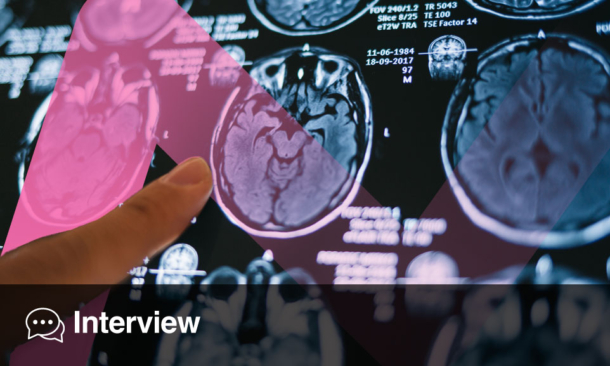BACKGROUND AND AIMS
Apathy and depression are the most prevalent neuropsychiatric symptoms in amyotrophic lateral sclerosis (ALS).1-3 Although insufficiently investigated, their distinction holds important clinical relevance for the accurate diagnosis of ALS with behavioural impairment,4 and for patients’ prognosis and management.2 In the present study, the authors aimed to assess both apathy and depressive symptoms in patients with ALS, and whether they have similar or different functional neural correlates.
METHODS
Using graph analysis and connectomics, global and lobar nodal properties, as well as regional functional brain connectivity, were assessed in patients with ALS without apathy/depression (ALSn; n=42), with apathy and without depression (ALSa; n=14), with depressive symptoms and without apathy (ALSd; n=20), and those with both apathy and depressive symptoms (ALSad; n=6), as well as 46 healthy controls. Correlations between brain functional properties, apathy, and depressive symptoms were performed in all patients.
RESULTS
Depressive symptoms were related with reduced path length within the bilateral basal ganglia (BG) network, while apathy was related with increased path length, decreased nodal strength, and local efficiency within the left BG network. Patients in the ALSa group showed altered functional nodal properties within the BG network compared to the ALSn and ALSd groups. Compared to healthy controls and all patients who were non-apathetic (ALSn and ALSd), all patients who were apathetic (ALSa and ALSad) exhibited altered functional nodal properties within parietal, occipital, and frontal networks. Patients who were non-apathetic showed relatively preserved functional nodal properties in the BG network compared to those who were apathetic.
CONCLUSION
The author’s findings indicate differences in brain functional neural organisation associated with apathy and depression, underscoring the importance of distinguishing these symptoms in ALS and highlighting the need for targeted interventions.5






